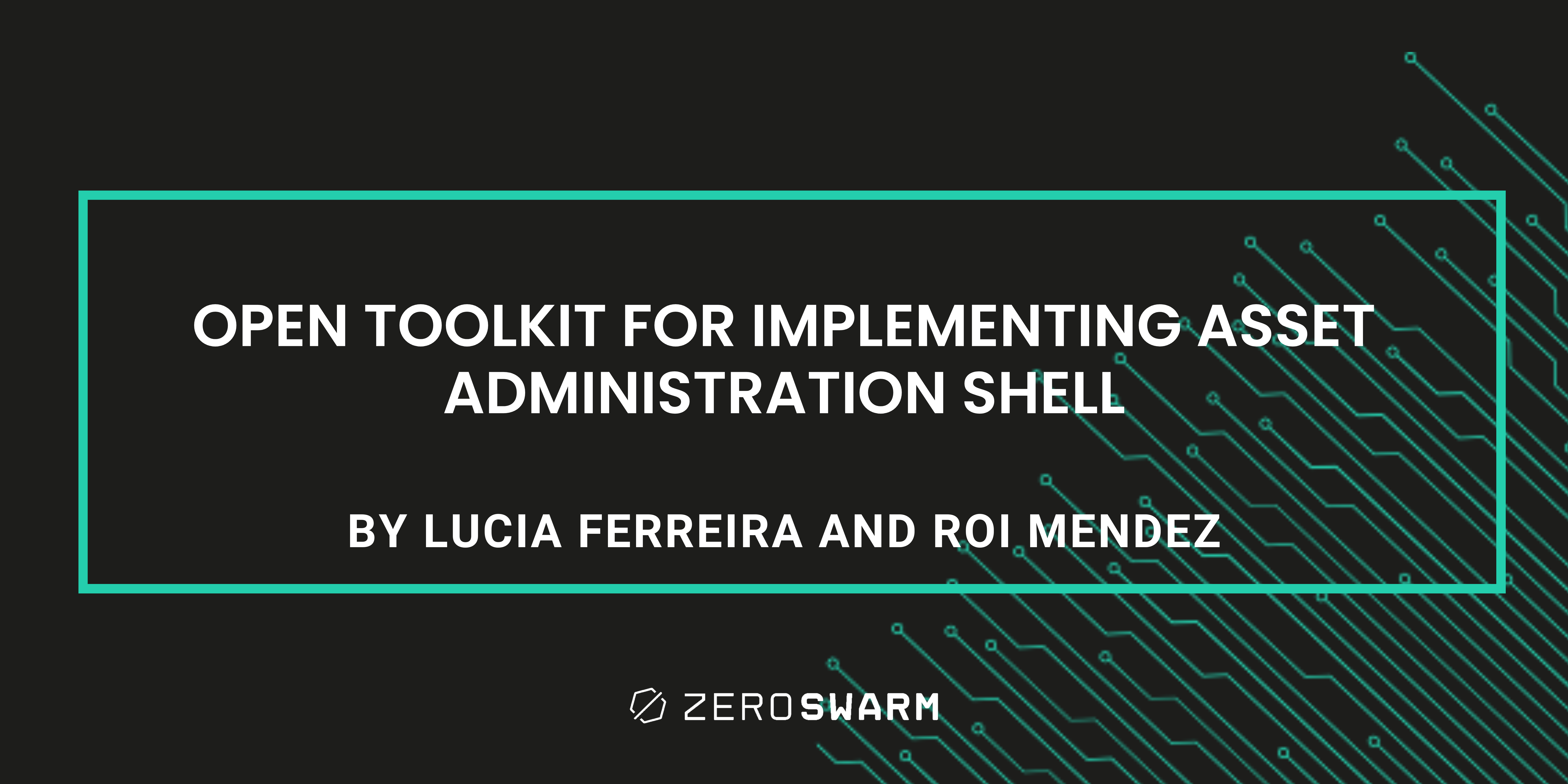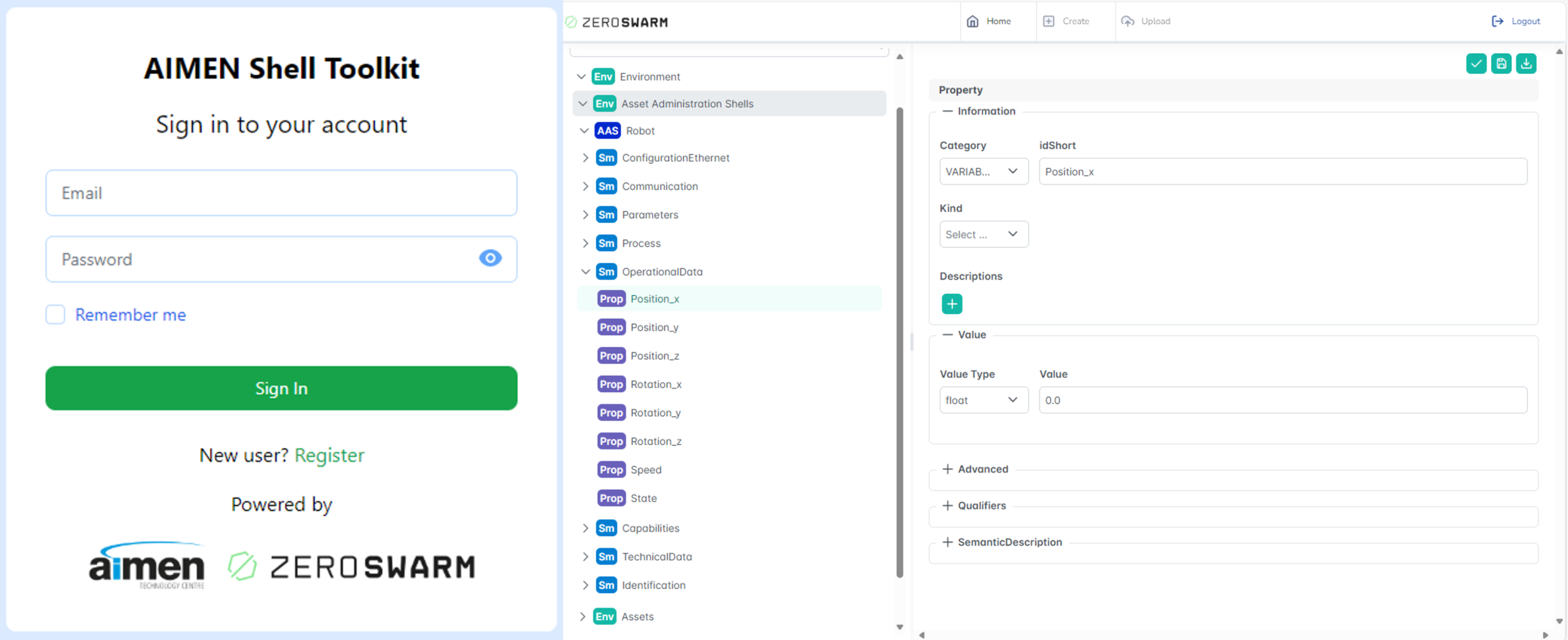Open toolkit for implementing Asset Administration Shell

Digital Twins in I4.0
Digital twins combine fragmented data into a unified view, solving interoperability issues. Industry 4.0 aims at the Implementation of Digital Twins using an Asset Administration Shell (AAS) to create a common language for digital representations of assets, facilitating communication between stakeholders.
Together with OPC-UA, an upcoming information sharing standard for operational data, AAS allows vendor independence and active networking in product design and manufacturing. This enables more interoperability and facilitates networked production across different enterprises.
Current tools and limitations
Today, AASx package explorer, Basyx, FA3ST, and NOVAAS are leading AAS ecosystems for modeling and development. However, implementing the AAS is still challenging due to the evolving AAS API specification.
A crucial gap is synchronization with assets. This is vital for RAMI4.0’s integration layer. Unfortunately, the AAS specification doesn’t cover this, leaving it to system integrators.
Among these solutions, the AASx Package Explorer is the most well-known and powerful desktop tool for modeling. Its graphical interface is designed for both technical and non-technical users. Users can develop and demonstrate the Asset Administration Shell standard.
Nevertheless, when deploying the AAS on edge devices and sharing data (using OPC UA or MQTT protocols), the tool falls short. It cannot handle or export all necessary information (like namespaces, profiles, and facets). Also, it offers limited support for asset synchronization.
Zero-Swarm solution: AAS toolkit
AIMEN Technology Centre in the Zero-SWARM project has developed a new web-based tool for Asset Administration Shell to address these issues. This tool makes it easier to create, manage, and share digital twins, promoting collaboration and innovation in Industry 4.0.
The tool simplifies AAS modelling by providing libraries and templates and supporting developers of edge devices by synchronizing and mapping physical assets. The AAS web editor will have with it an open-source low-level framework for integration and synchronization of AAS, which will be published soon.
The AAS toolkit is a user-friendly web interface for modeling and managing AAS, allowing users to navigate and understand the structure and relationships of the digital twin easily. It is based on well-known technologies and frameworks with a high level of maturity in the market (i.e., Angular, Keycloak, FastAPI):
The main features/functionalities of this toolkit are:
1. AAS database: AAS models created or stored in the toolkit database will be listed on homepage.
2. AAS models creation: from scratch or using templates.
3. Upload AAS model in AASX format: Users can upload models created by other applications.
4. Download AAS models in AASX and JSON format.
5. Read and edit AAS models saved in the database.
6. Export AAS models in XML Nodeset format: The toolkit allows users to export the AAS model in XML Nodeset3 format, which is used to configure the OPC UA server to access the operational data of the assets.

Figure 1. AIMEN Shell Toolkit
By providing an open tool, Zero-SWARM simplifies the implementation of digital twins using an Asset Administration Shell, especially for operational use. This benefits developers and researchers by offering an open platform with new functionalities.
Want to learn more about these technologies? Explore the Zero-SWARM solutions and contact us if you have any doubts.
